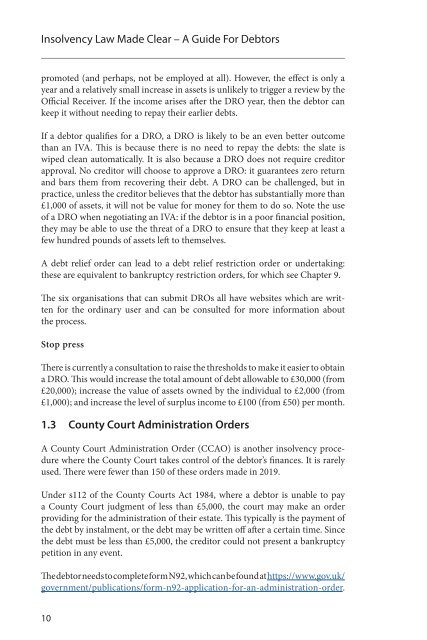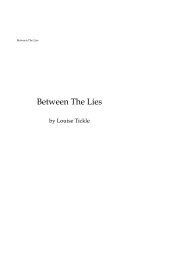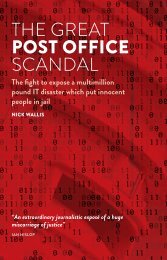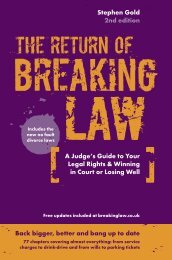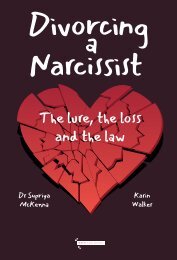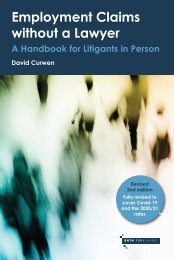Insolvency Made Clear: A Guide for Debtors
Plain English, practical guidance for anyone facing demands over a debt they are struggling to pay.
Plain English, practical guidance for anyone facing demands over a debt they are struggling to pay.
You also want an ePaper? Increase the reach of your titles
YUMPU automatically turns print PDFs into web optimized ePapers that Google loves.
<strong>Insolvency</strong> Law <strong>Made</strong> <strong>Clear</strong> – A <strong>Guide</strong> For <strong>Debtors</strong><br />
promoted (and perhaps, not be employed at all). However, the effect is only a<br />
year and a relatively small increase in assets is unlikely to trigger a review by the<br />
Official Receiver. If the income arises after the DRO year, then the debtor can<br />
keep it without needing to repay their earlier debts.<br />
If a debtor qualifies <strong>for</strong> a DRO, a DRO is likely to be an even better outcome<br />
than an IVA. This is because there is no need to repay the debts: the slate is<br />
wiped clean automatically. It is also because a DRO does not require creditor<br />
approval. No creditor will choose to approve a DRO: it guarantees zero return<br />
and bars them from recovering their debt. A DRO can be challenged, but in<br />
practice, unless the creditor believes that the debtor has substantially more than<br />
£1,000 of assets, it will not be value <strong>for</strong> money <strong>for</strong> them to do so. Note the use<br />
of a DRO when negotiating an IVA: if the debtor is in a poor financial position,<br />
they may be able to use the threat of a DRO to ensure that they keep at least a<br />
few hundred pounds of assets left to themselves.<br />
A debt relief order can lead to a debt relief restriction order or undertaking:<br />
these are equivalent to bankruptcy restriction orders, <strong>for</strong> which see Chapter 9.<br />
The six organisations that can submit DROs all have websites which are written<br />
<strong>for</strong> the ordinary user and can be consulted <strong>for</strong> more in<strong>for</strong>mation about<br />
the process.<br />
Stop press<br />
There is currently a consultation to raise the thresholds to make it easier to obtain<br />
a DRO. This would increase the total amount of debt allowable to £30,000 (from<br />
£20,000); increase the value of assets owned by the individual to £2,000 (from<br />
£1,000); and increase the level of surplus income to £100 (from £50) per month.<br />
1.3 County Court Administration Orders<br />
A County Court Administration Order (CCAO) is another insolvency procedure<br />
where the County Court takes control of the debtor’s finances. It is rarely<br />
used. There were fewer than 150 of these orders made in 2019.<br />
Under s112 of the County Courts Act 1984, where a debtor is unable to pay<br />
a County Court judgment of less than £5,000, the court may make an order<br />
providing <strong>for</strong> the administration of their estate. This typically is the payment of<br />
the debt by instalment, or the debt may be written off after a certain time. Since<br />
the debt must be less than £5,000, the creditor could not present a bankruptcy<br />
petition in any event.<br />
The debtor needs to complete <strong>for</strong>m N92, which can be found at https://www.gov.uk/<br />
government/publications/<strong>for</strong>m-n92-application-<strong>for</strong>-an-administration-order.<br />
10


